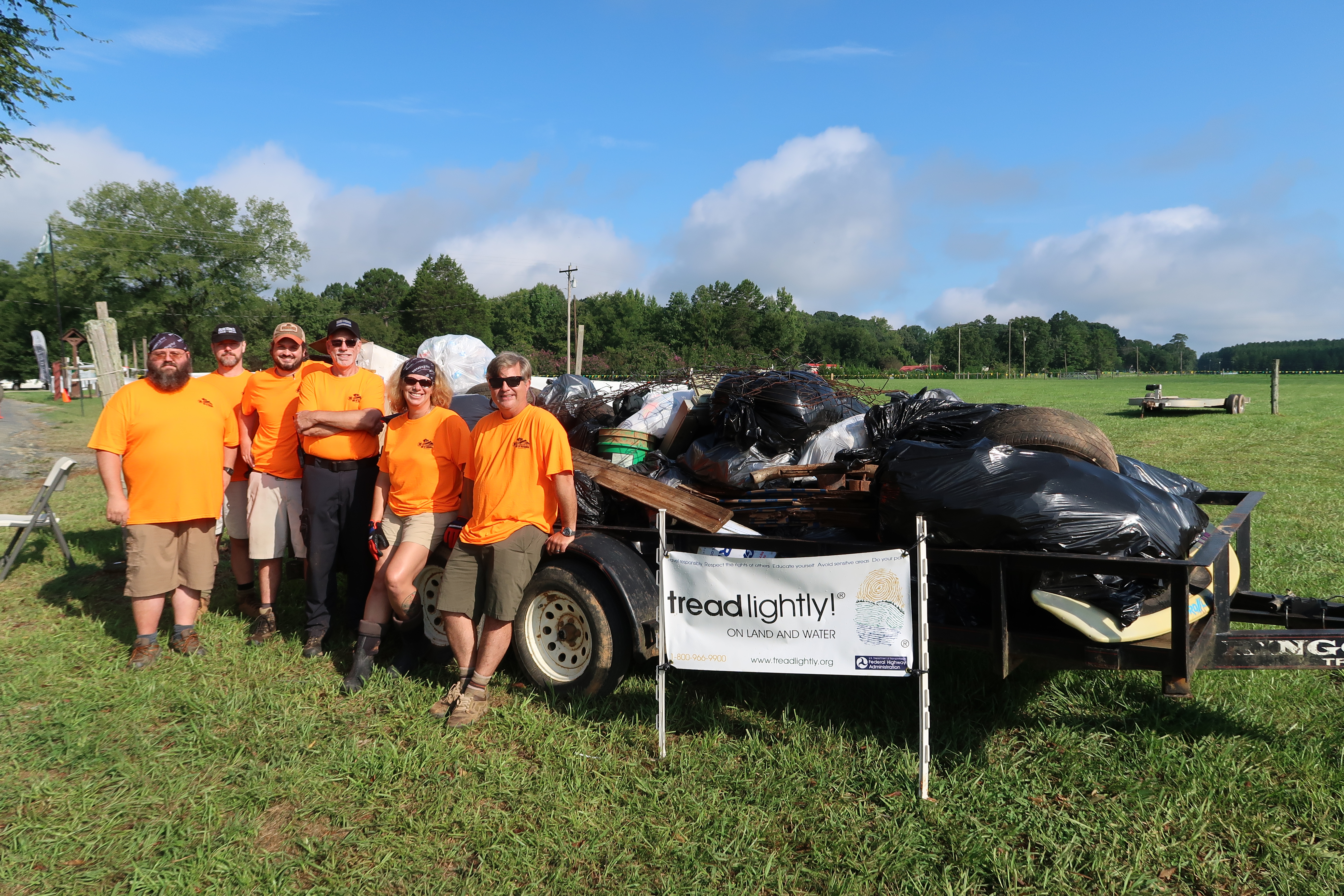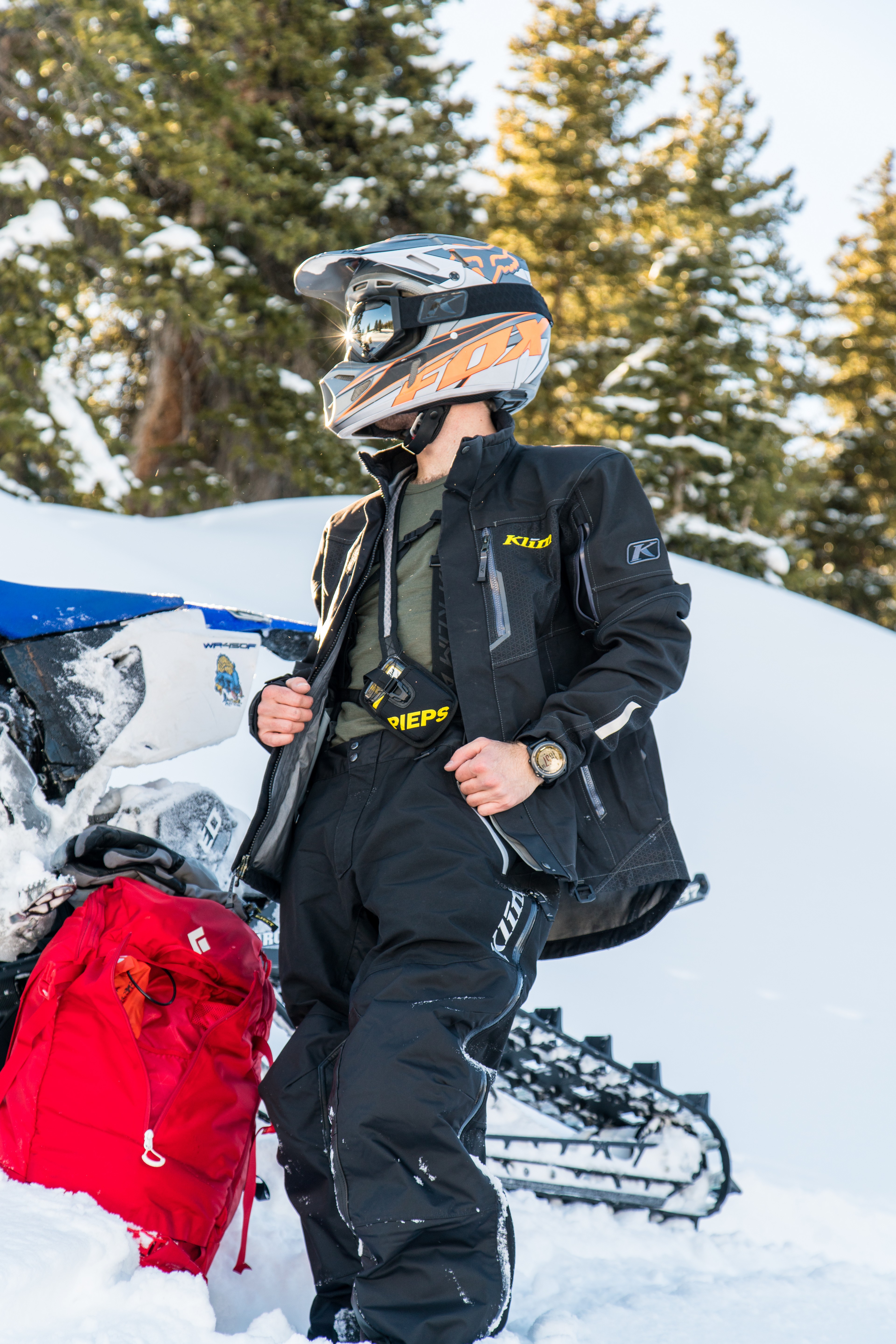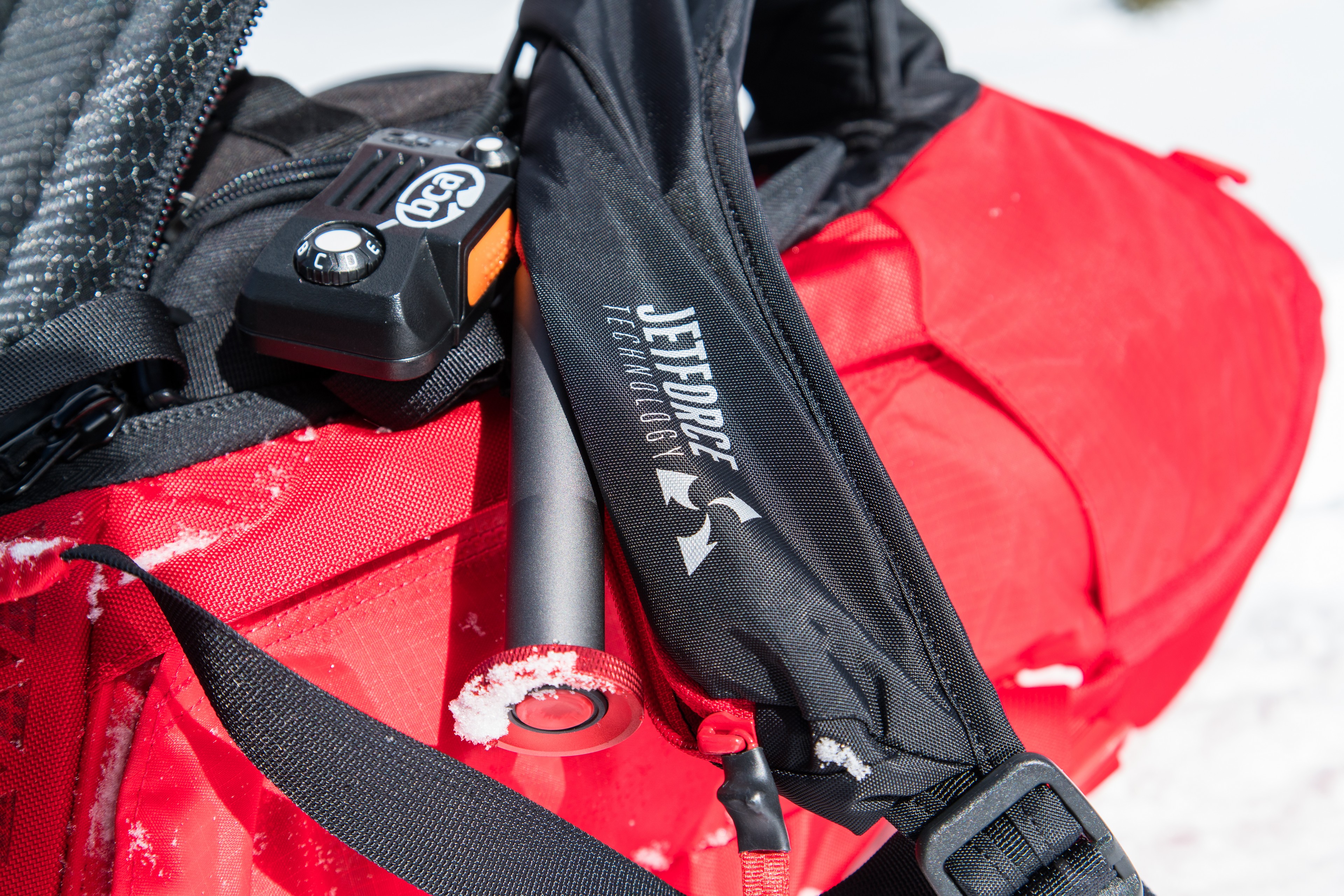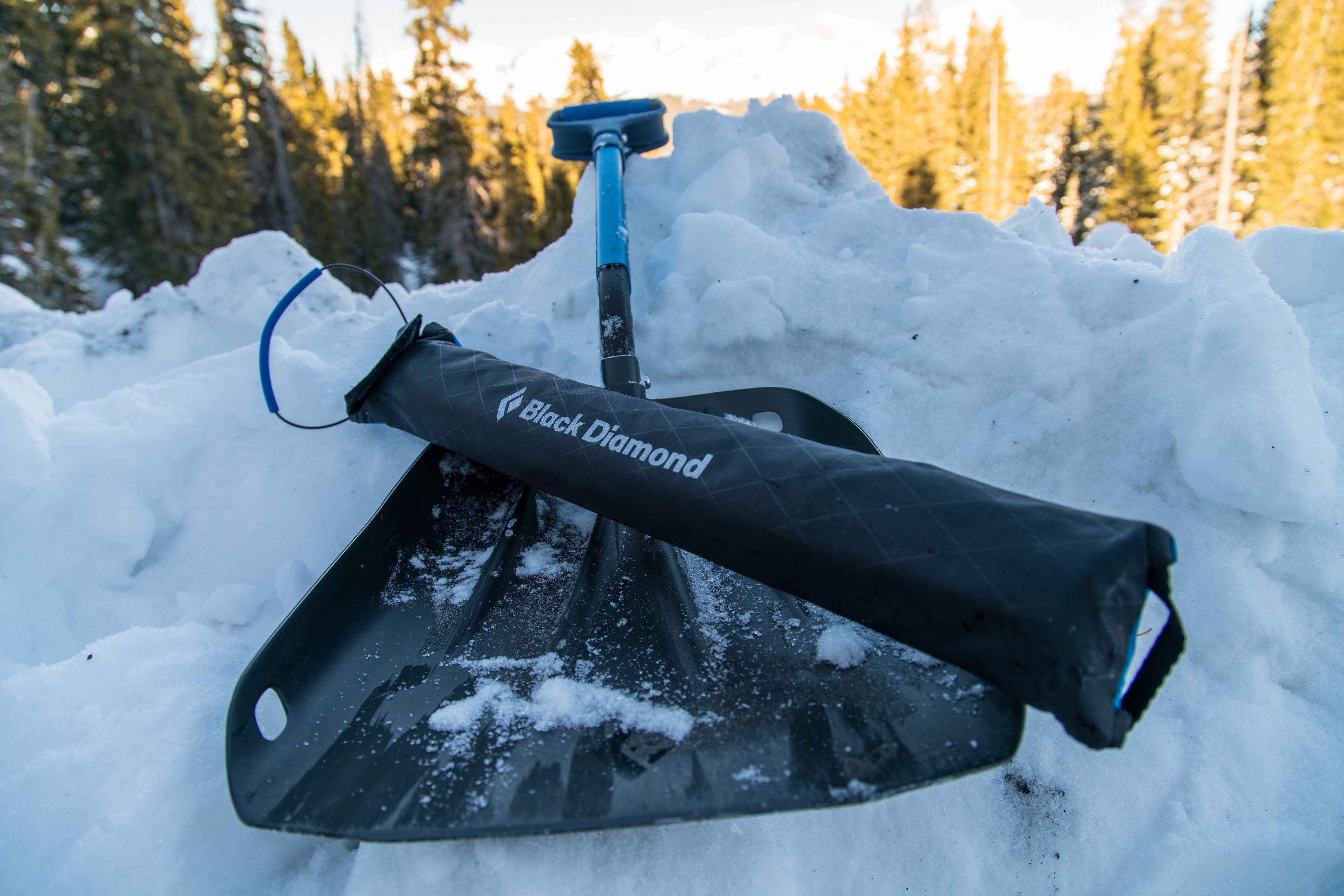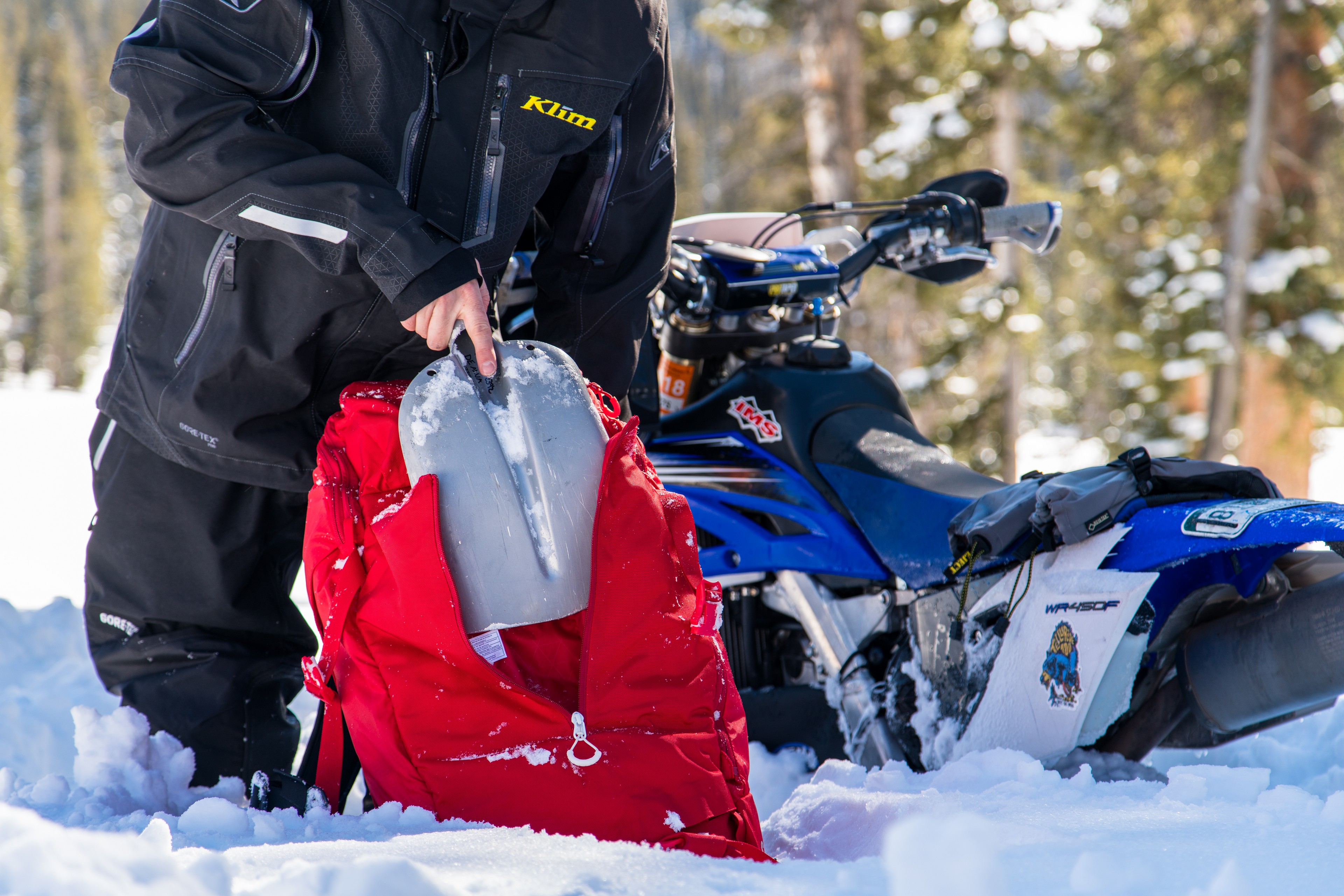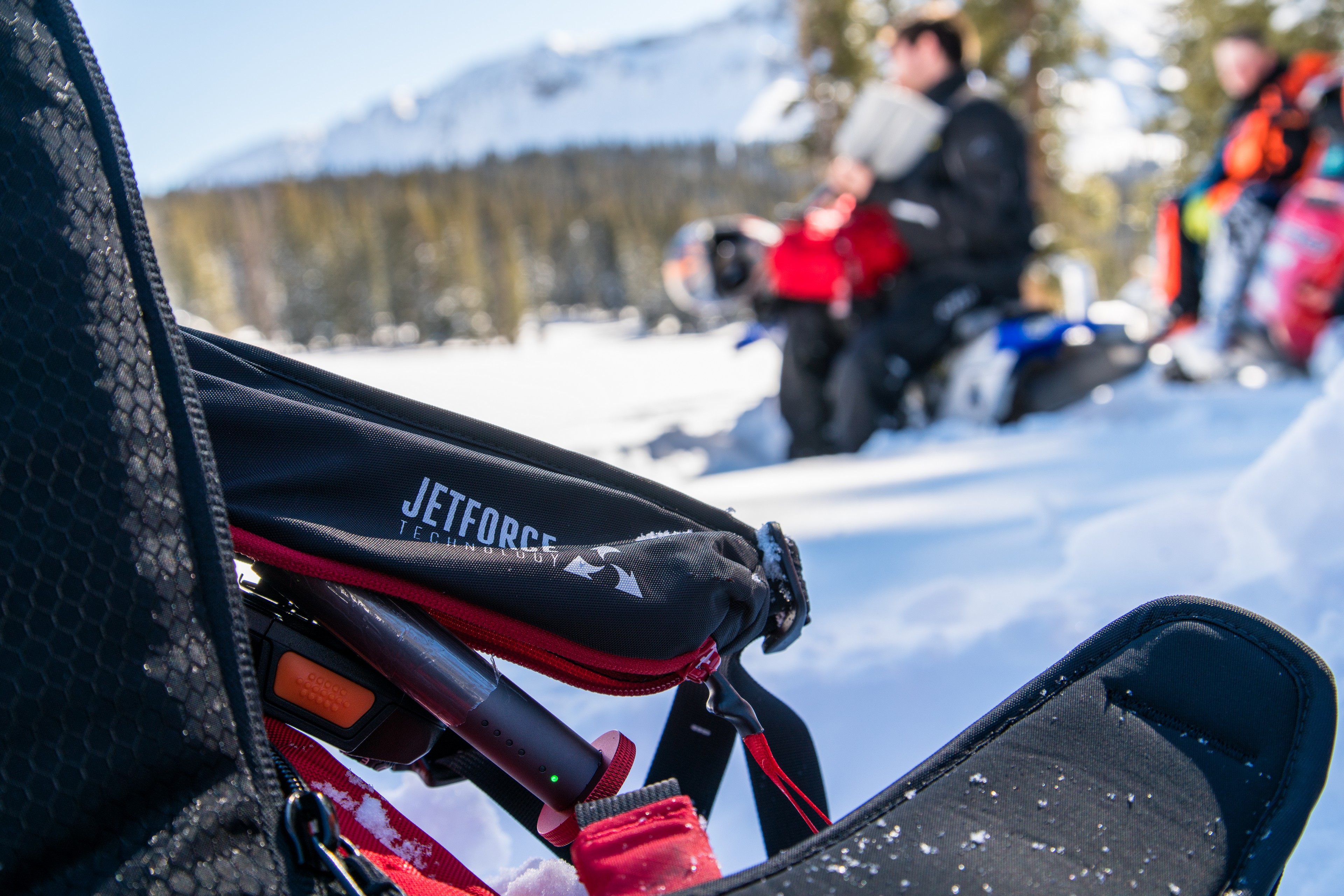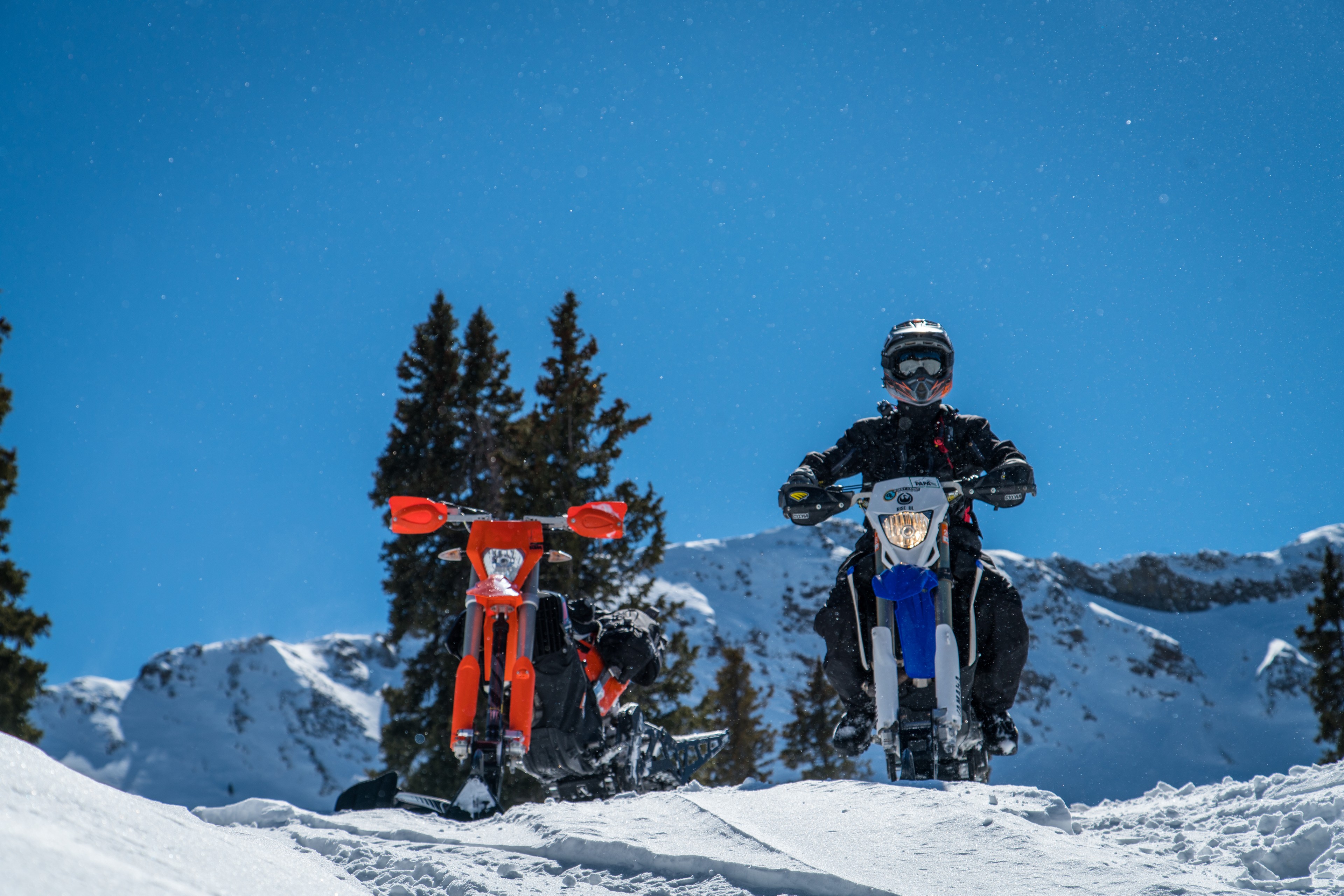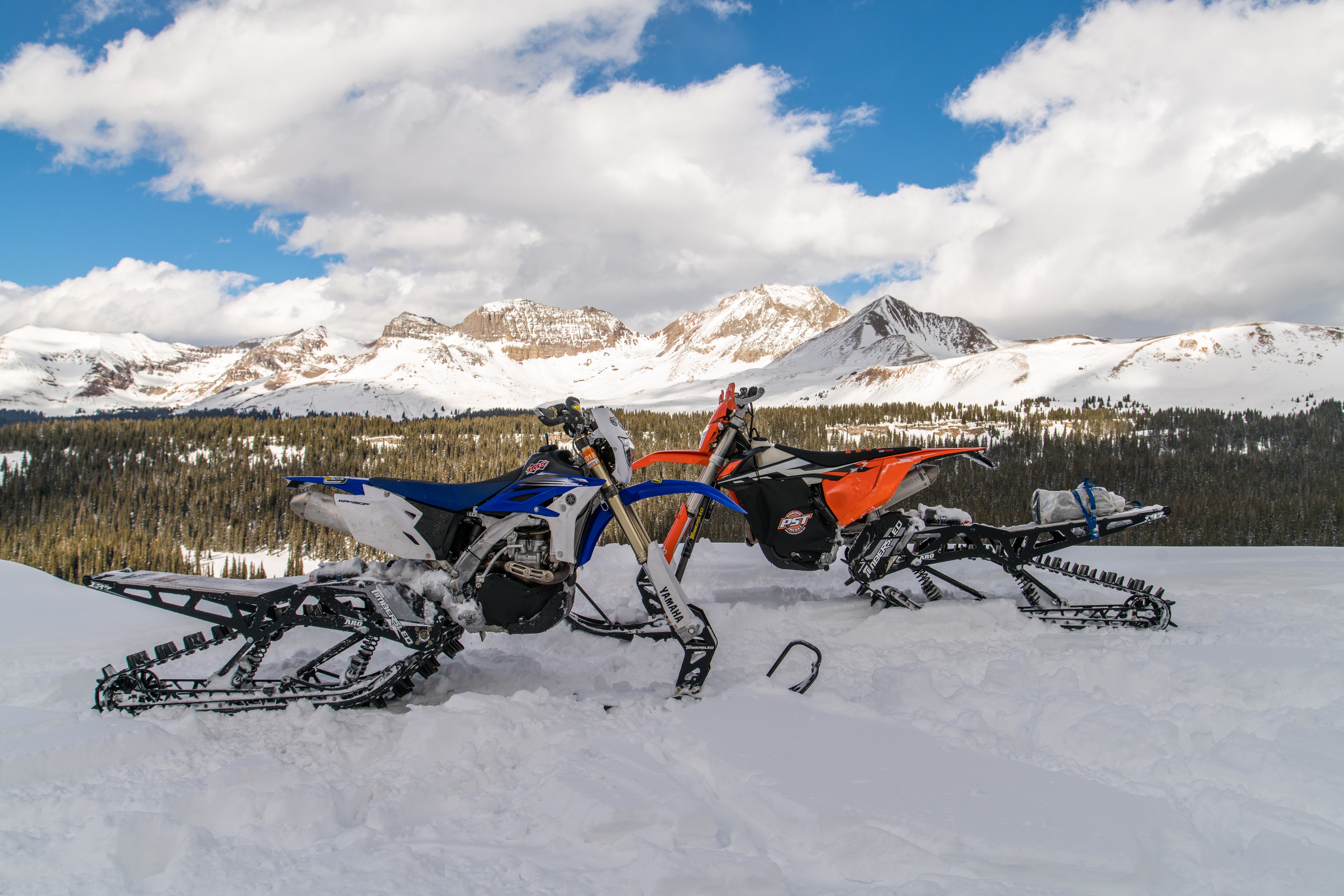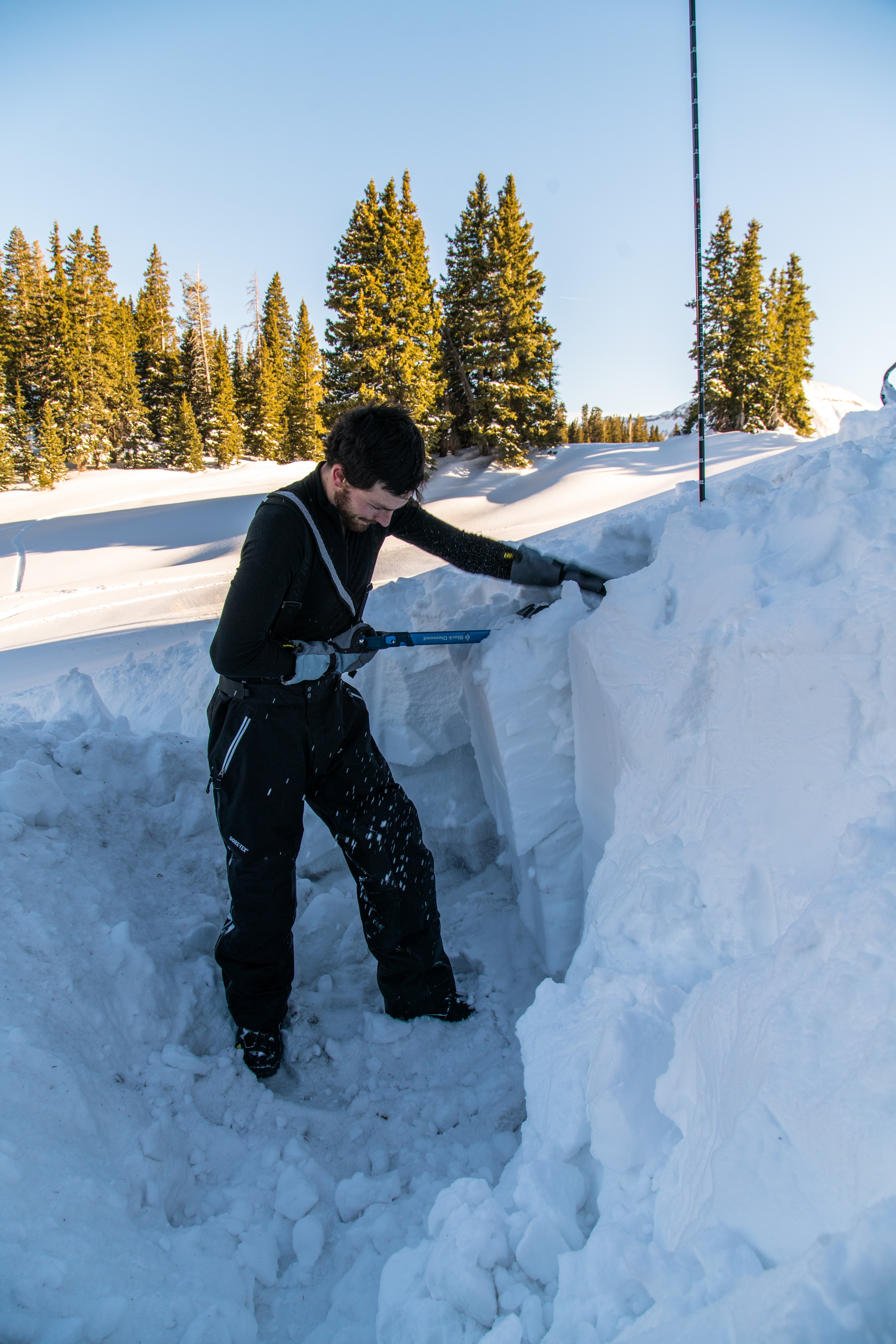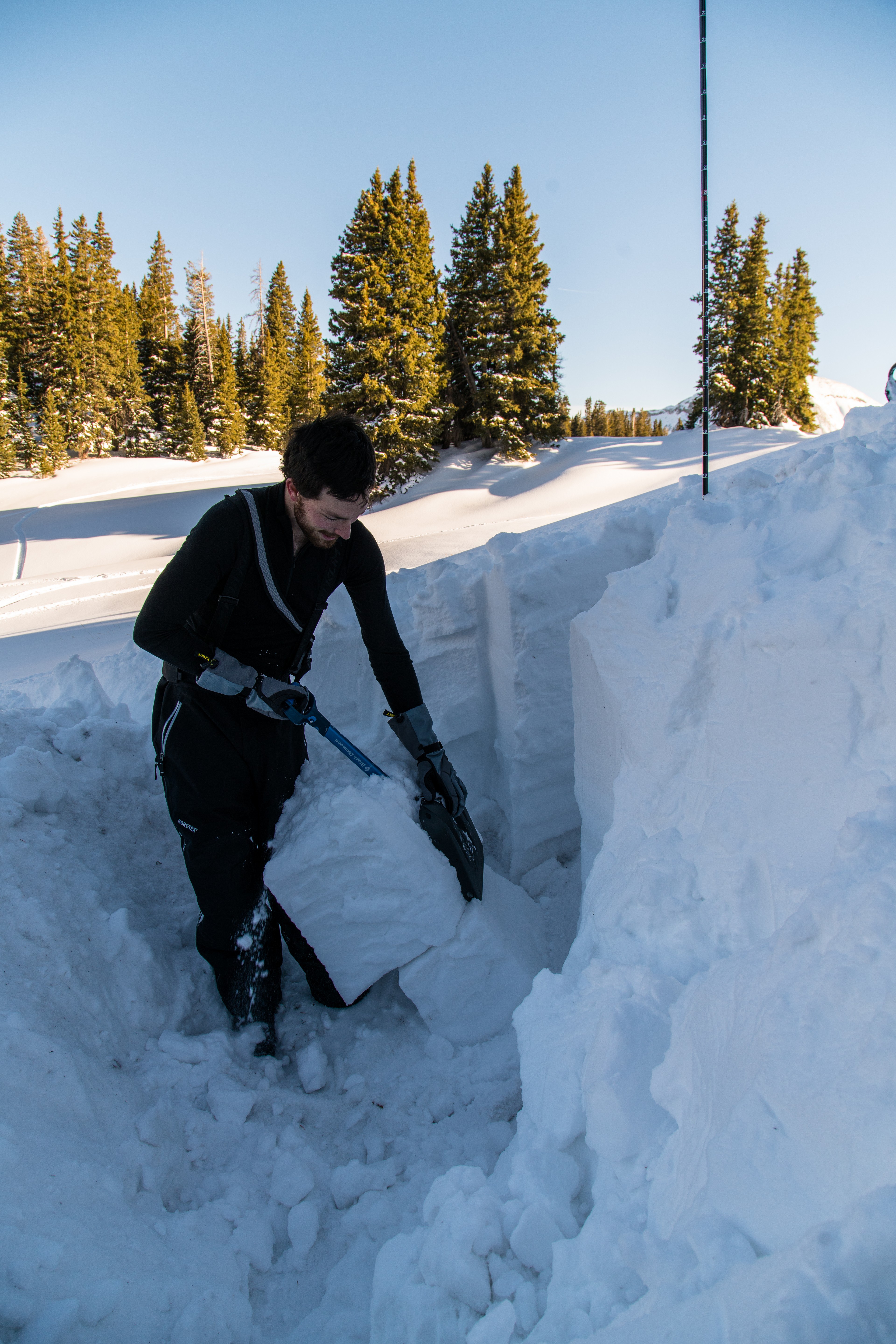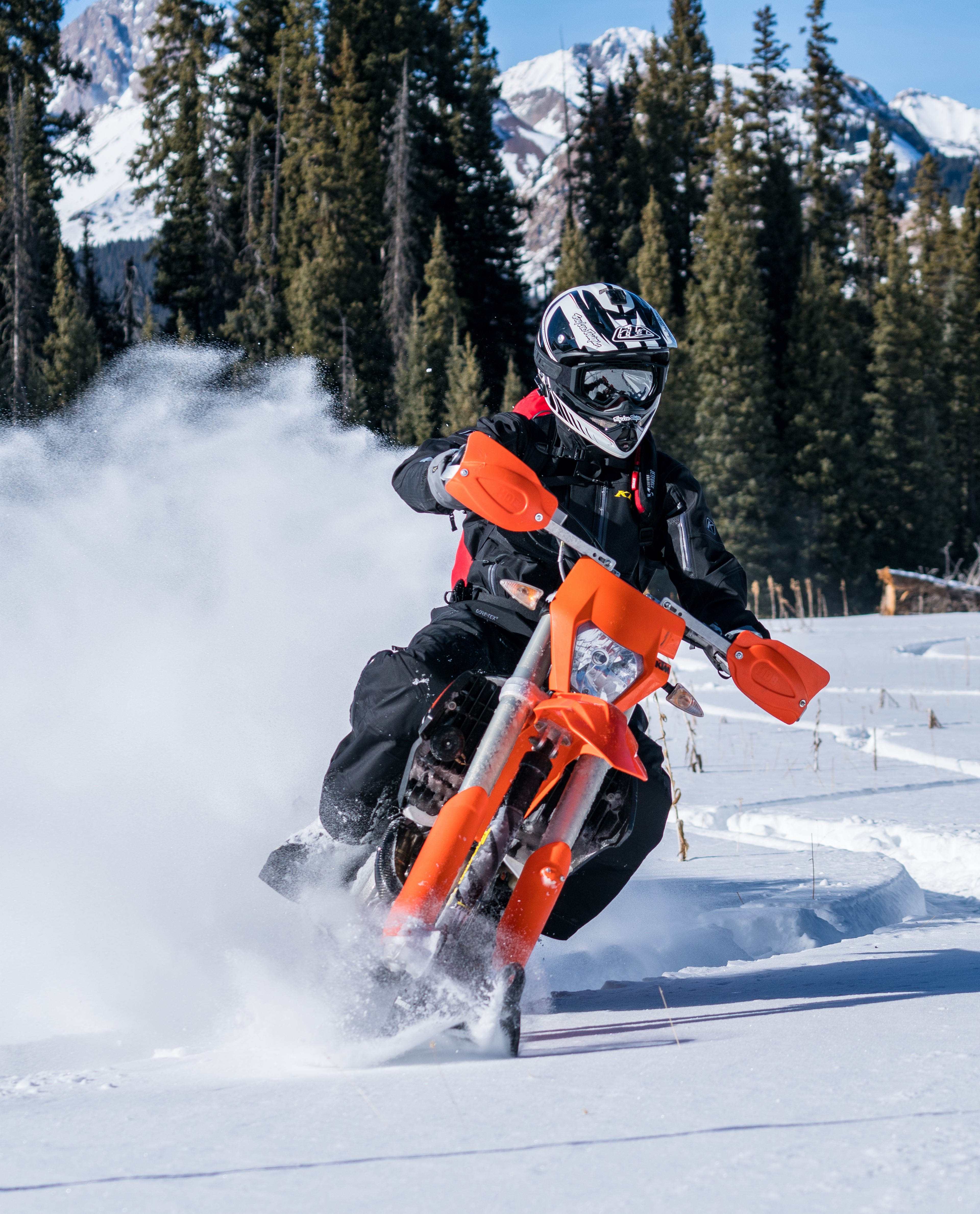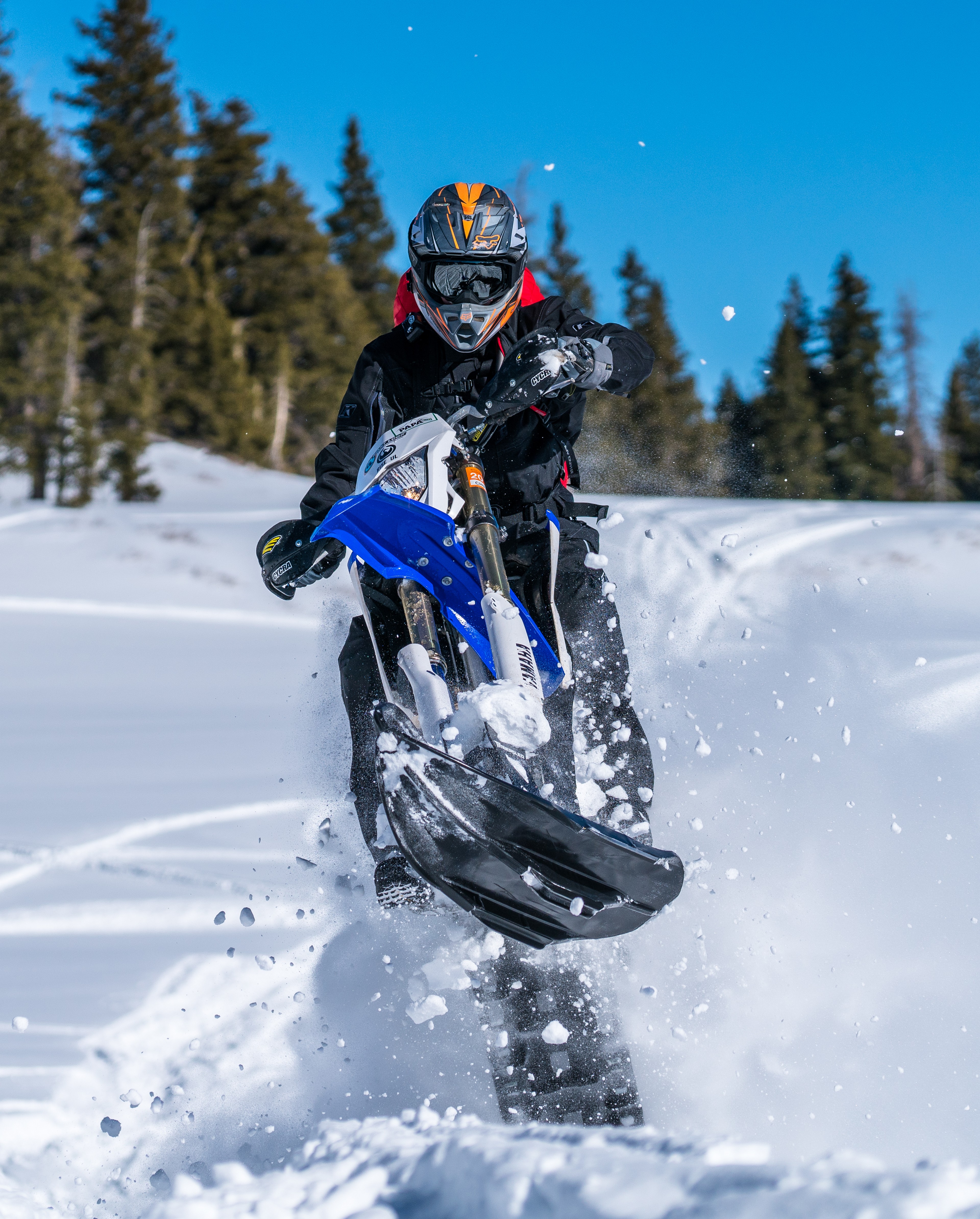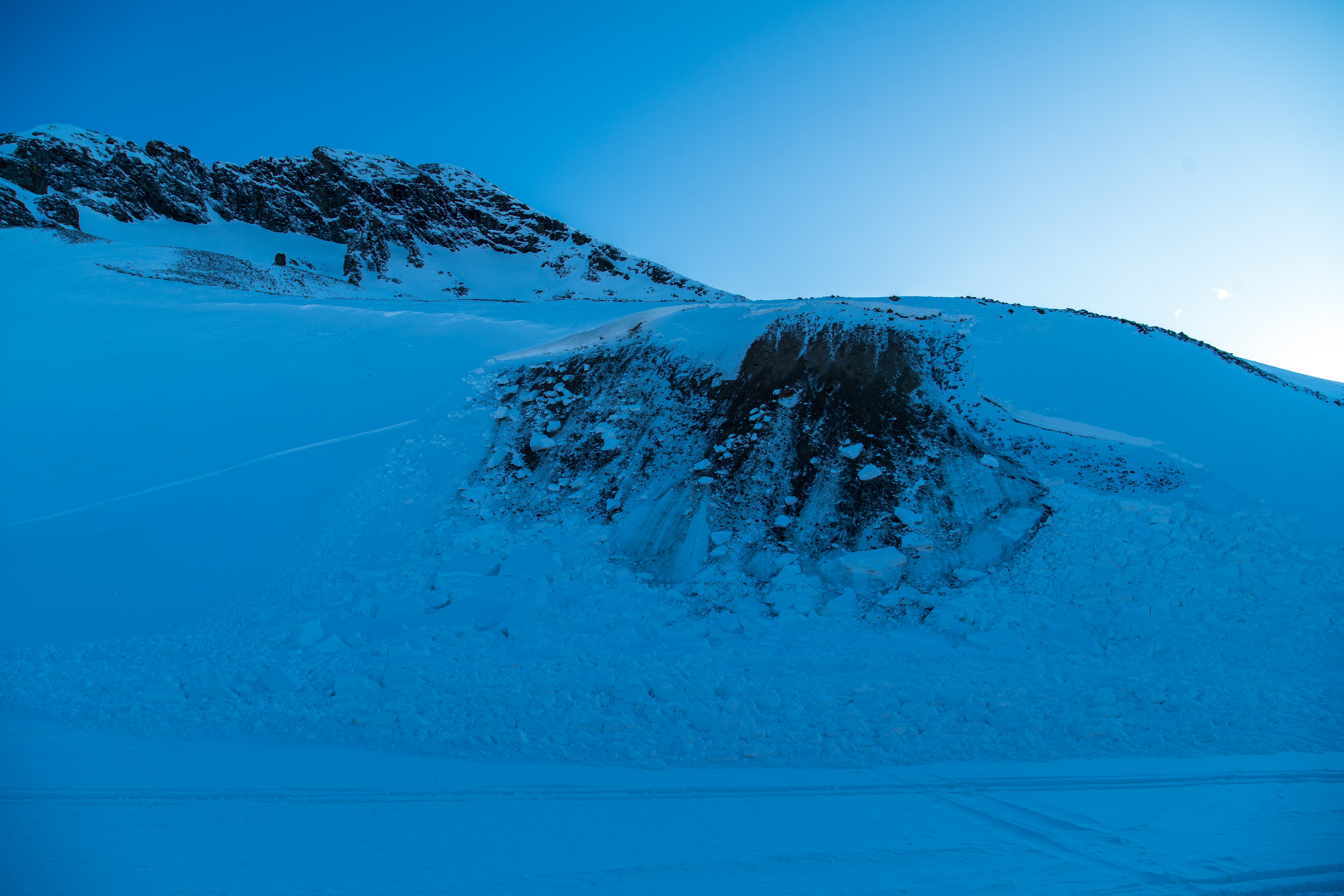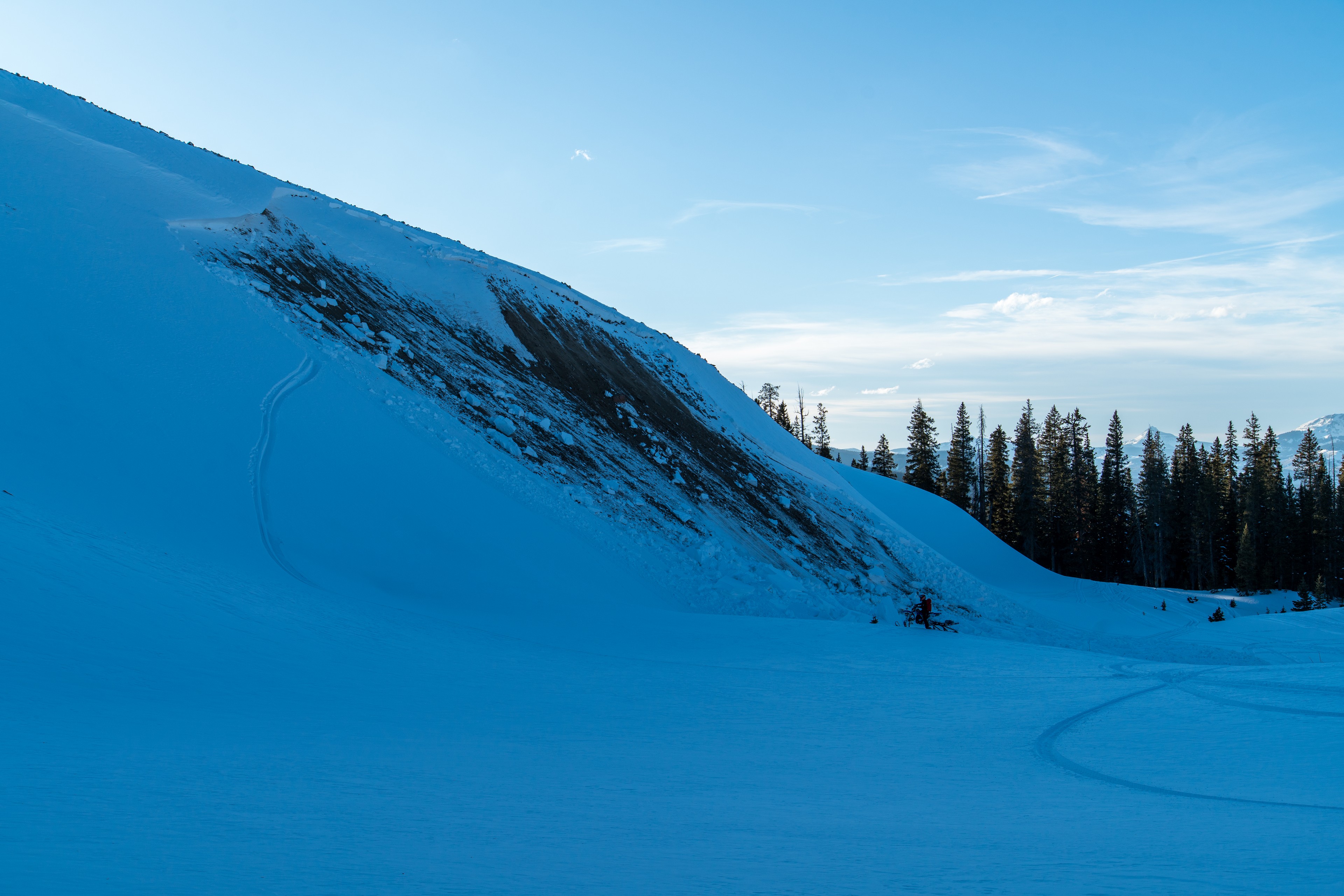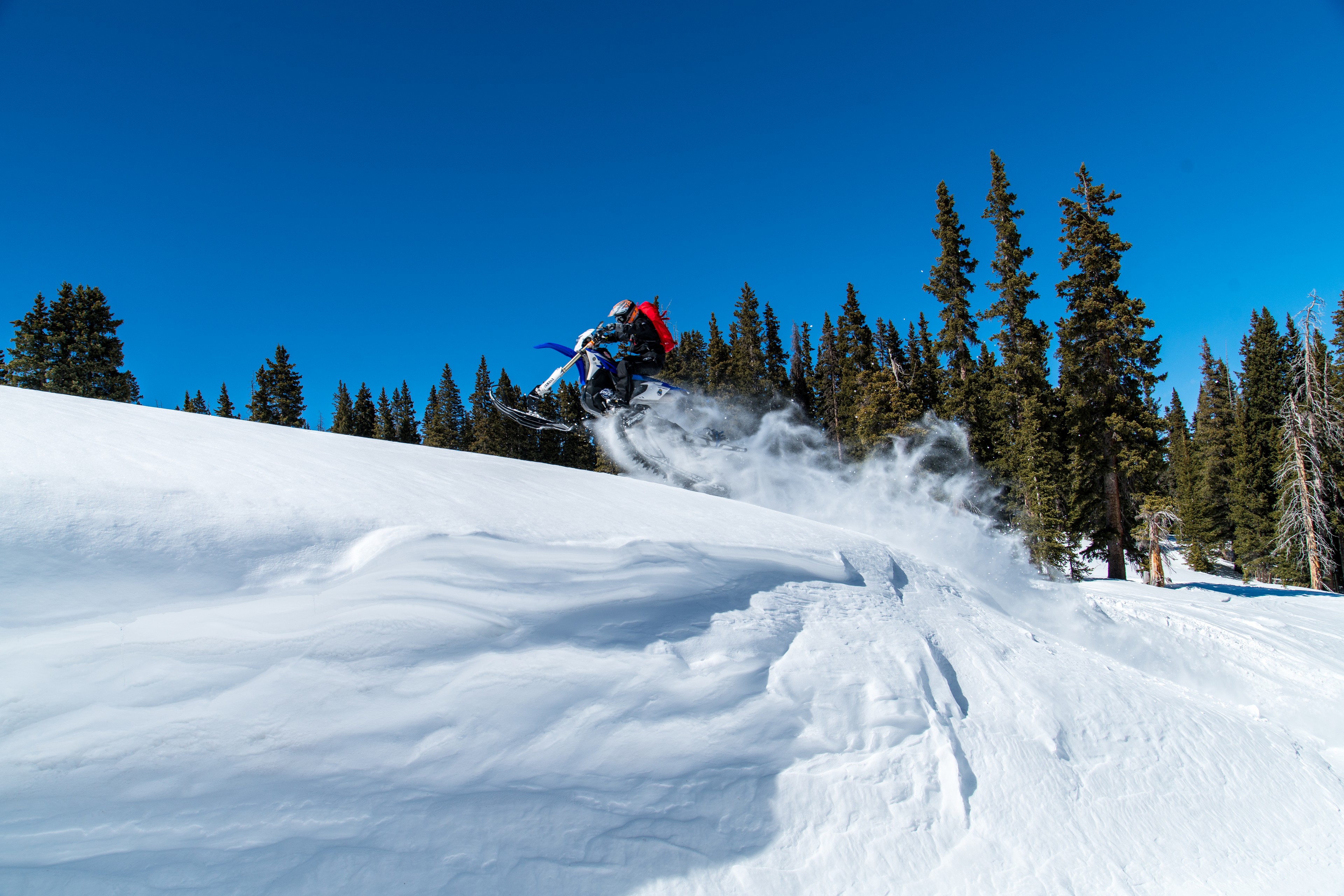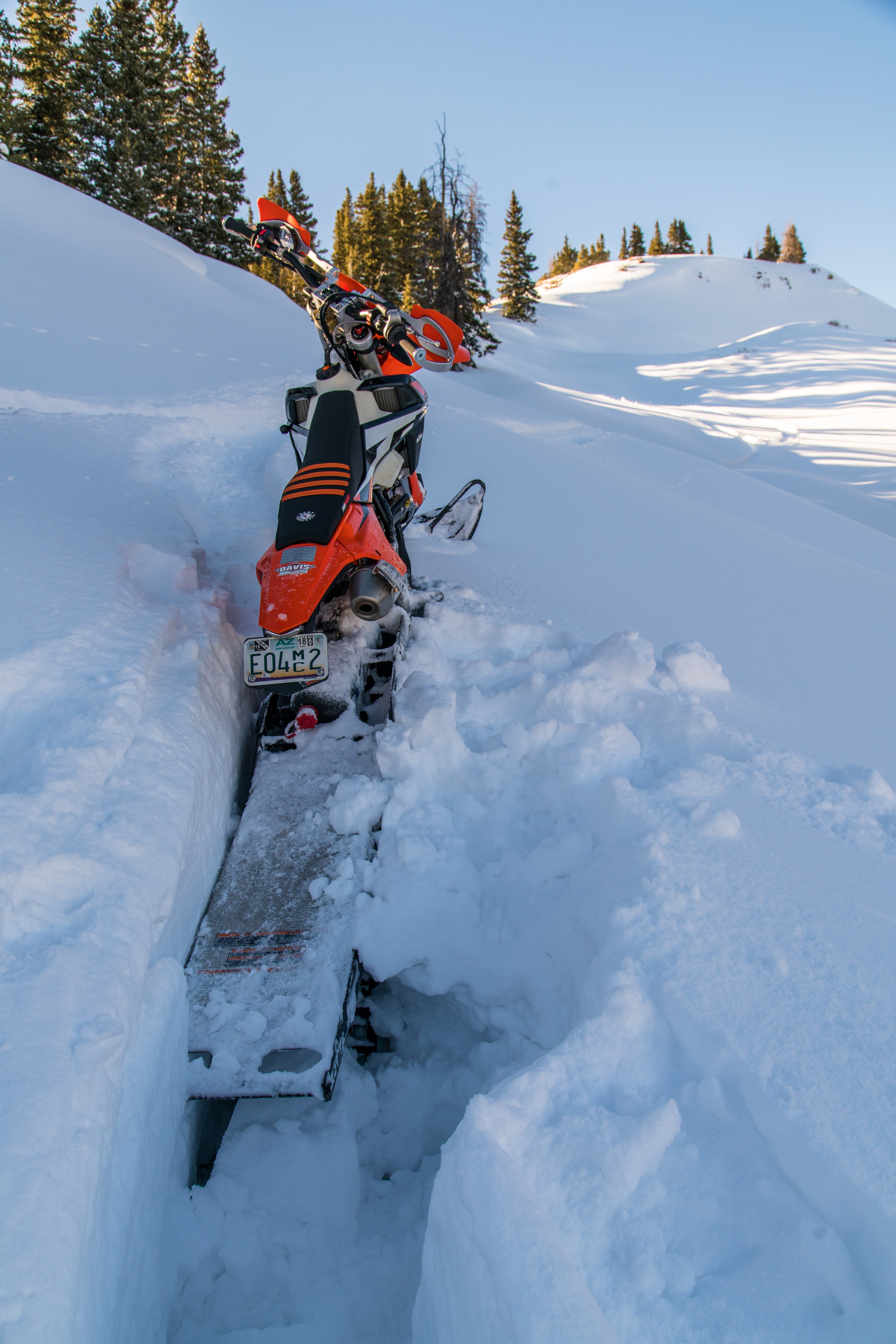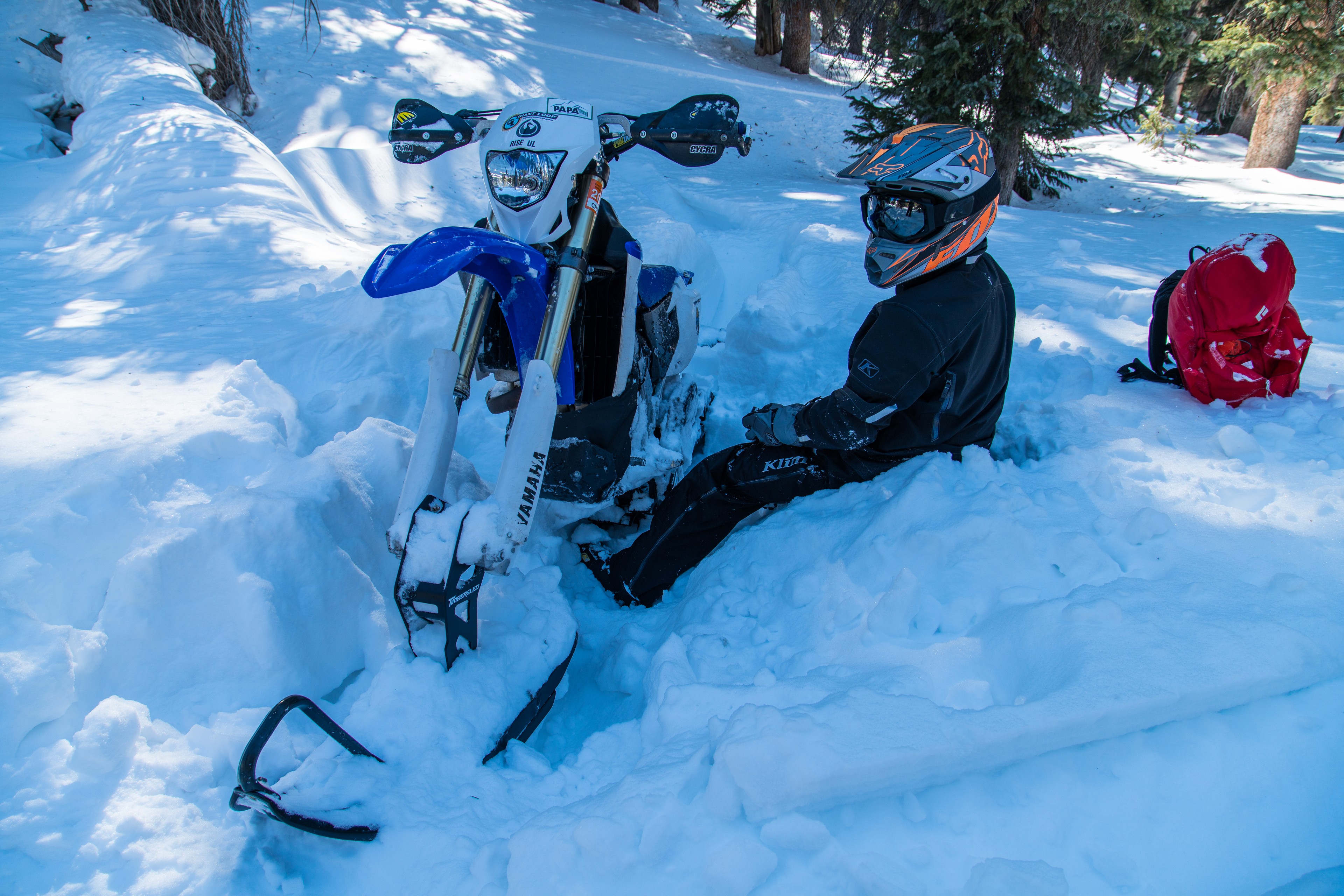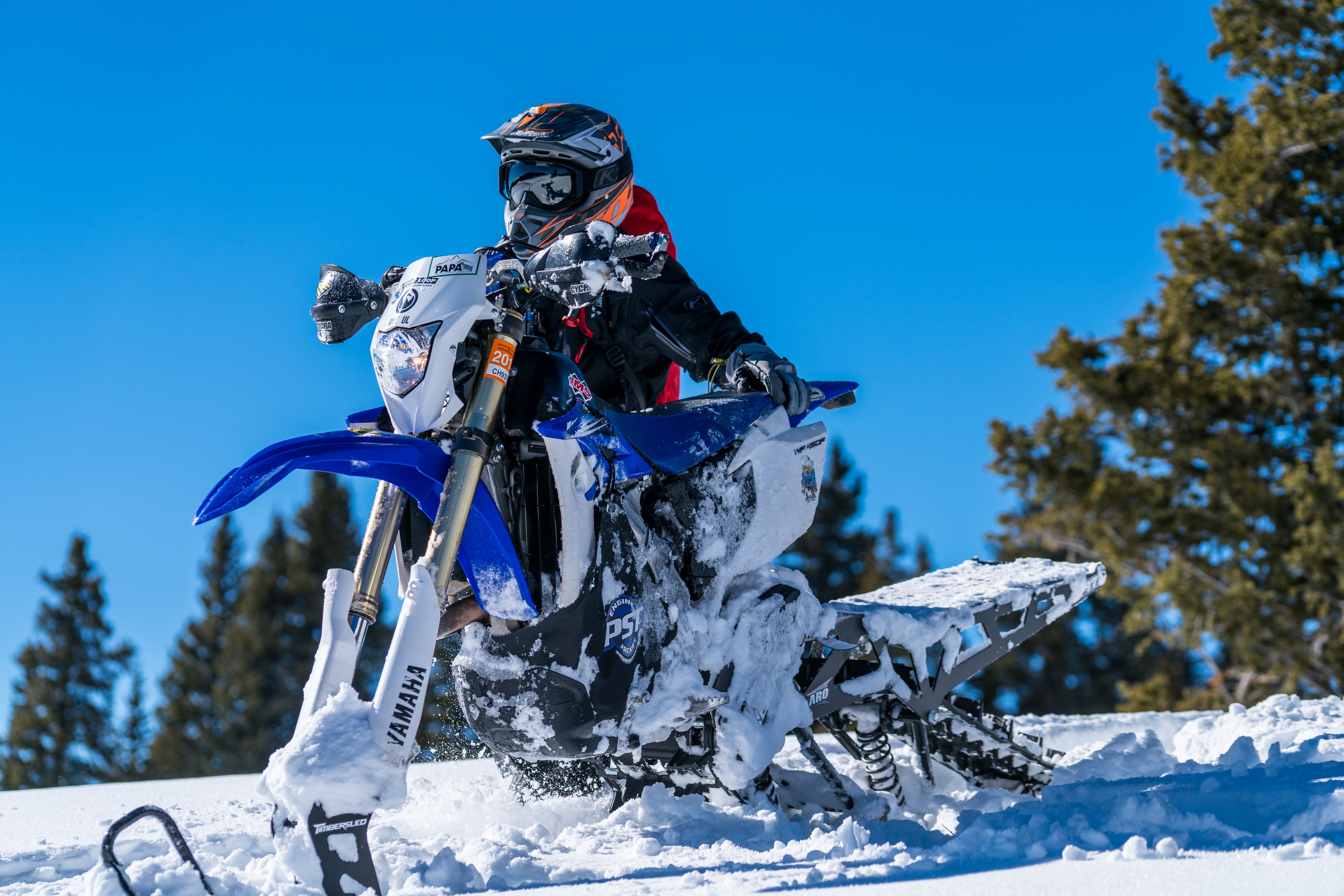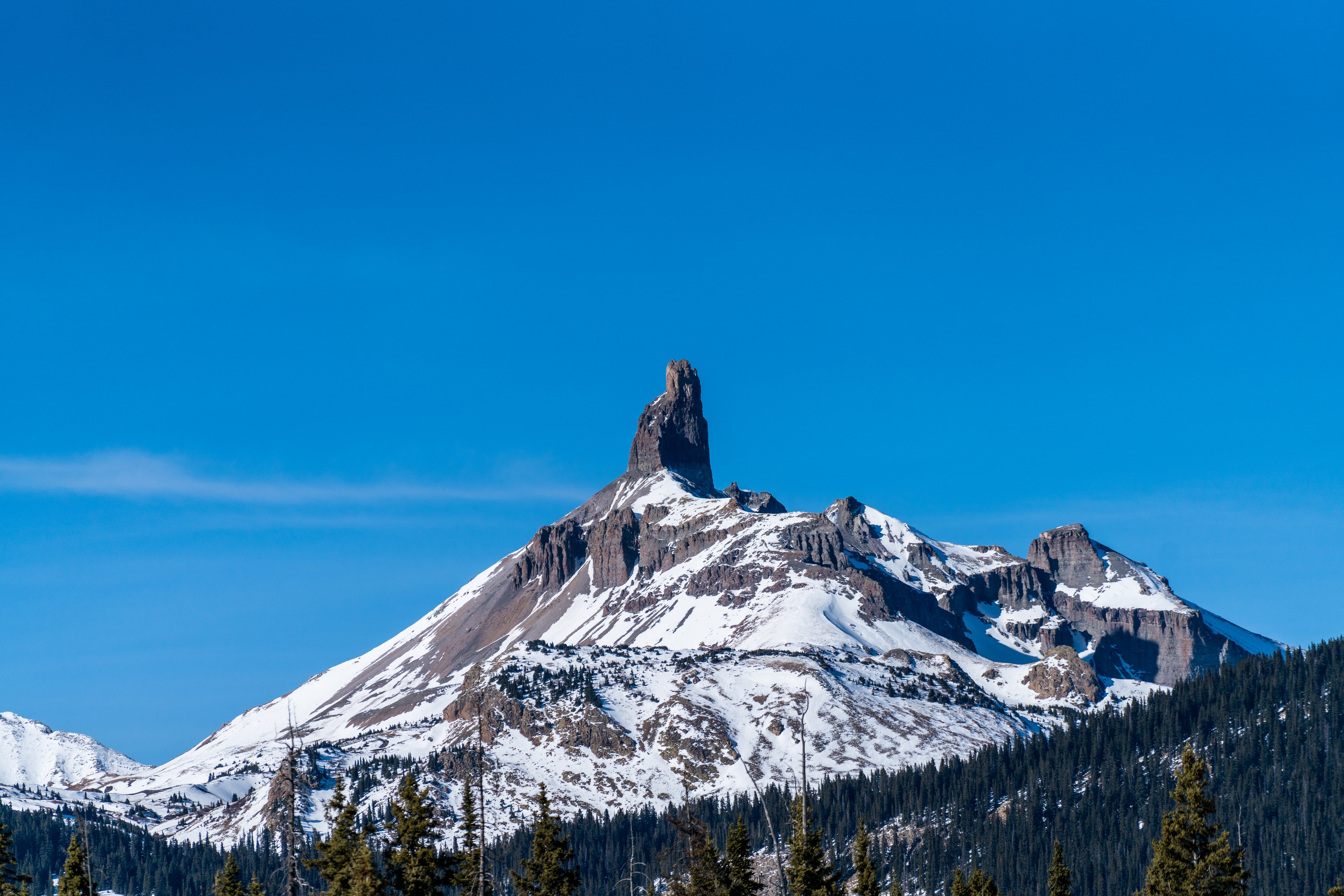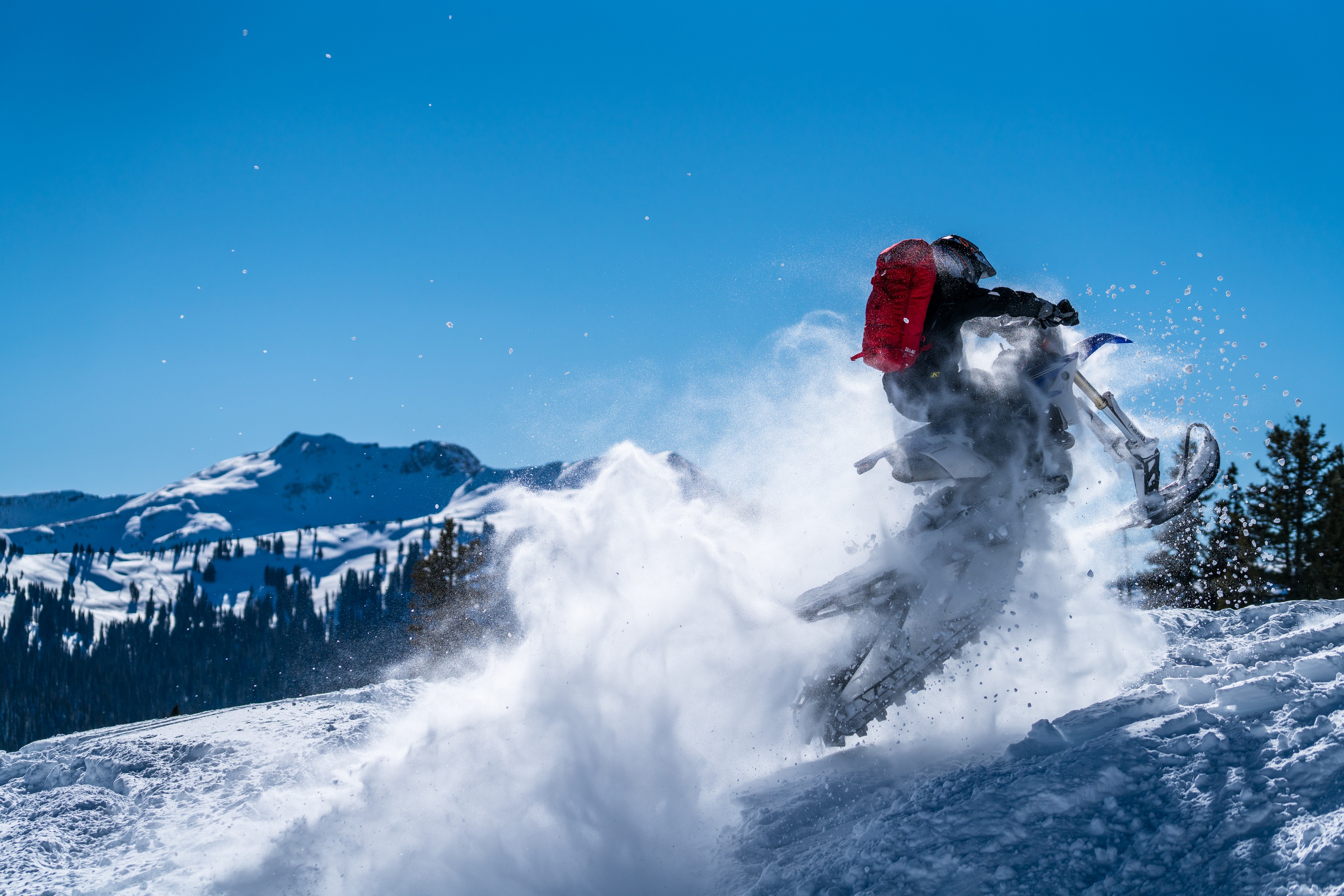
What IS this 36 Hours of Uwharrie thing about anyway?
36 Hours of Uwharrie is a “military themed” back-country endurance challenge. Two-person teams accumulate points by completing missions including precision off-road driving, navigation, vehicle recovery techniques, canoeing, first aid, marksmanship with rifle, pistol, and clay shooting. Competitors are purposely pushed to their physical and mental limits, and must be self-sufficient as they navigate their vehicles to compete in individual and team based events at various stations hidden throughout the Uwharrie National Forest and private properties in Montgomery County, North Carolina.
No outside support is allowed, and they must complete the event with what they brought. No trailers, no pit crews, no pizza deliveries, no showers. Two people and one machine with whatever gear and supplies they can fit inside it. Because that’s all they will have once they enter the Forward Operating Base.


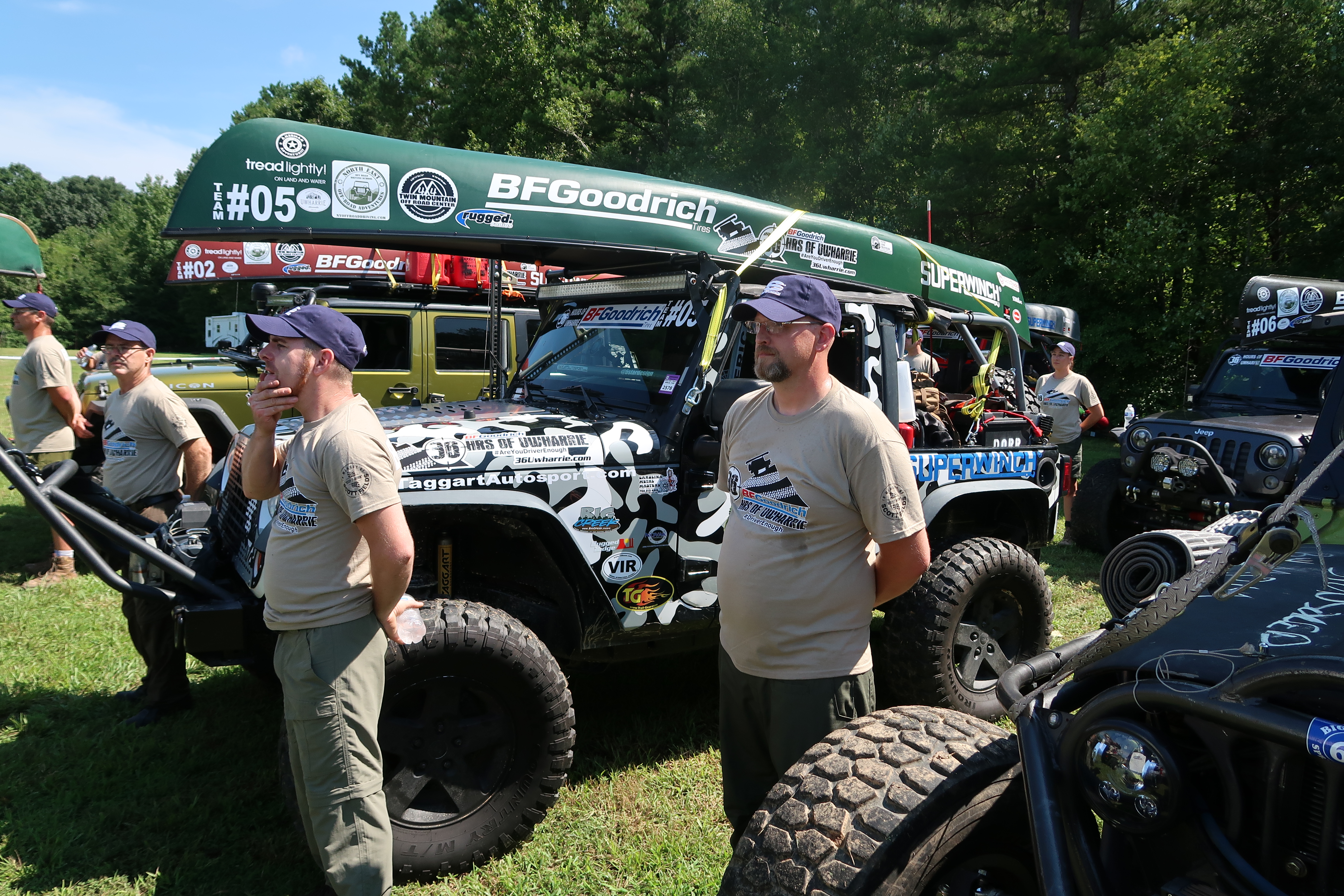


What this event is not about, it’s not a Boot Camp. With the exception of a mandatory period of instruction on firearms safety and first aid, we don’t have time to teach or train them on what they need to know to win. That’s not the goal of the Commandants or the event organizers at Path Less Traveled. Well maybe a little tongue in cheek “motivation” might be needed now and then to liven things up, but the point of a military theme is to inject purpose-driven friction and discipline into the event – teamwork, hustle, safety considerations, execution of the timelines right down to fueling the vehicles at the end of the day, and ensuring sleep and hydration plans are adhered to. And don’t forget that Personal Protective Equipment (PPE). All done in cadence and by the numbers. The military theme as operationalized by our veteran military instructors from the Navy and Marine Corps allows us to ensure very little time is wasted while maximizing safety and the overall experience for the competitors.

Each year the event is different. Staff members burn the midnight oil, formulating new and challenging ideas to keep veteran teams off balance, and new contestants surprised. This year the teams had to throw axes. Yes, AXES. As in throw them for points. Bet they didn’t practice that before they showed up in North Carolina! It’s easy enough as long as they don’t hit the hostage!


Think you can shoot? Try hitting steel targets with rifle and pistol and clays with a shotgun when you’re tired and stressed out. Hurry up and safely exit our range!









Why would anyone subject themselves or their vehicles to these conditions?
This one is simple really. 36 Hours of Uwharrie is not for everyone. It pays to be a winner and this event attracts winners. It’s been said by many that the average recreational “outdoorsman” or off-roader doesn’t have what it takes to even finish this event. The maximum effective range of an excuse in Uwharrie is zero meters. So you need to be in shape. There are no amenities. We do not care who sponsored you, what you drive, or who you are in your day job. You need to have a thick skin and a sharp mind to survive here or the forest will break you. And quitting, always a temptation, is as easy as driving away…





36 Hours of Uwharrie is about GO time, ALL the time. It’s a level playing field where a $100K rig guarantees you nothing. Nothing but a few jeers from those finishing the same obstacles in a $5K bomber class truck. Because if you can’t drive, navigate, shoot, communicate, repair, recover, and rinse & repeat then you have no chance here. Because it’s Carolina hot (average 90 degrees and 90% humidity), and Uwharrie fights you with bugs and mud and rain and rocks. Add about 4 hours of sleep day after day with little food and it just isn’t enough for normal people. But there are those who embrace it, who smile all day every day, because they get it.
The real key to victory here is not your rig or the latest high speed equipment, it’s your attitude. It’s what’s in your heart and between your ears.





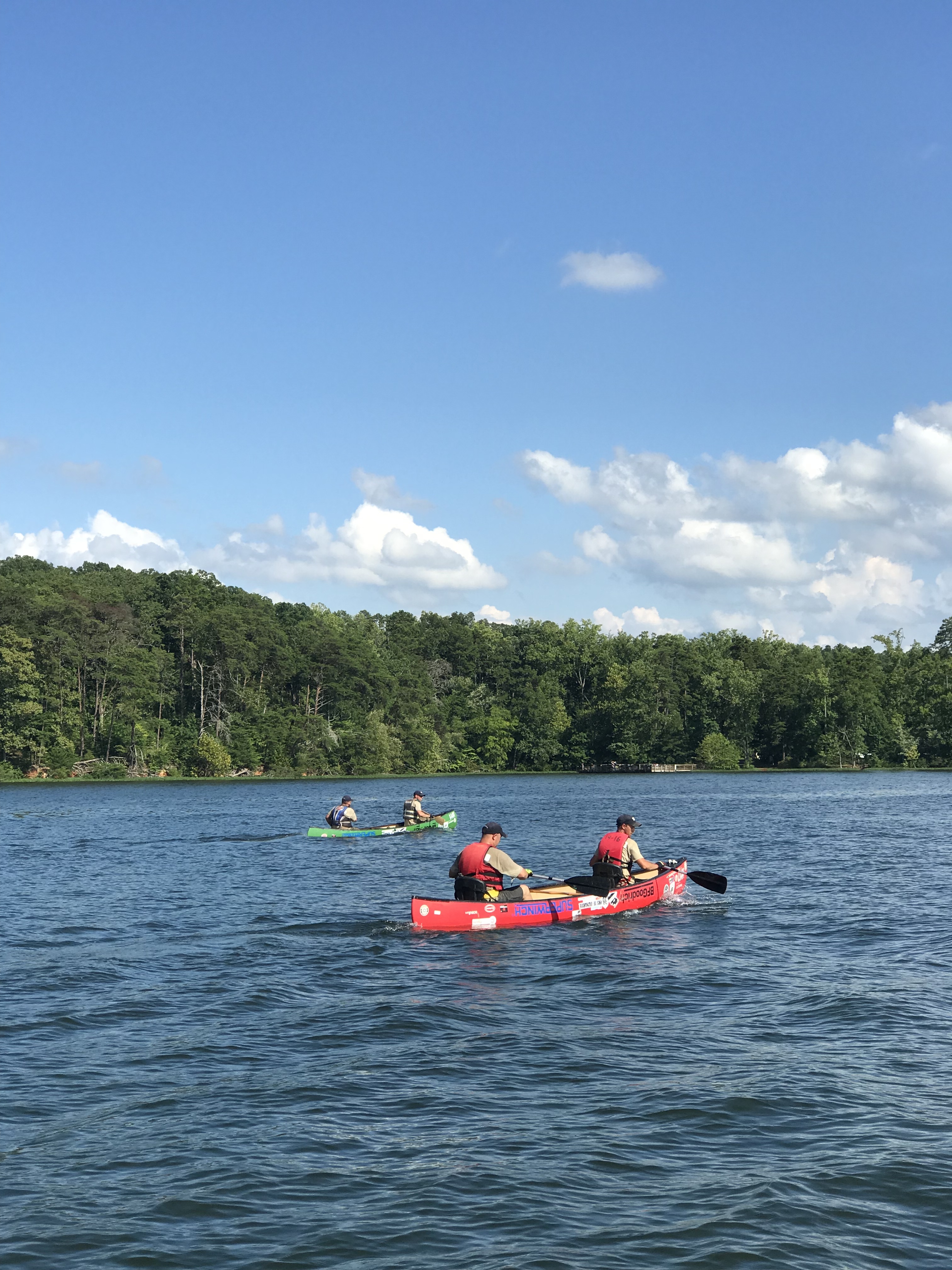
And that’s why they come back year after year. It’s FUN and it’s personal. They’re bettering themselves and their skills and they know it. Just competing in an event like this is a huge accomplishment all by itself. Our Veterans understand when we say that Pride is Forever, because they’ve earned it, and our respect. Like these two cheeky monkeys below. They know that teamwork makes the dream work.

And the question that get’s asked the most: Are they CRAZY?
YES! Yes they are. This event draws the very BEST people from all over the country and from every walk of life. They are the dreamers, the gamblers, the builders, and the fabricators. Professional racers with big-name corporate sponsorship; “regular Joe & Jane’s” who weld and wrench all year long to take a shot at the professionally sponsored teams, and the growing number of husband and wife teams looking for a challenge that’s off grid and authentic. Or, a good reason to get a divorce.





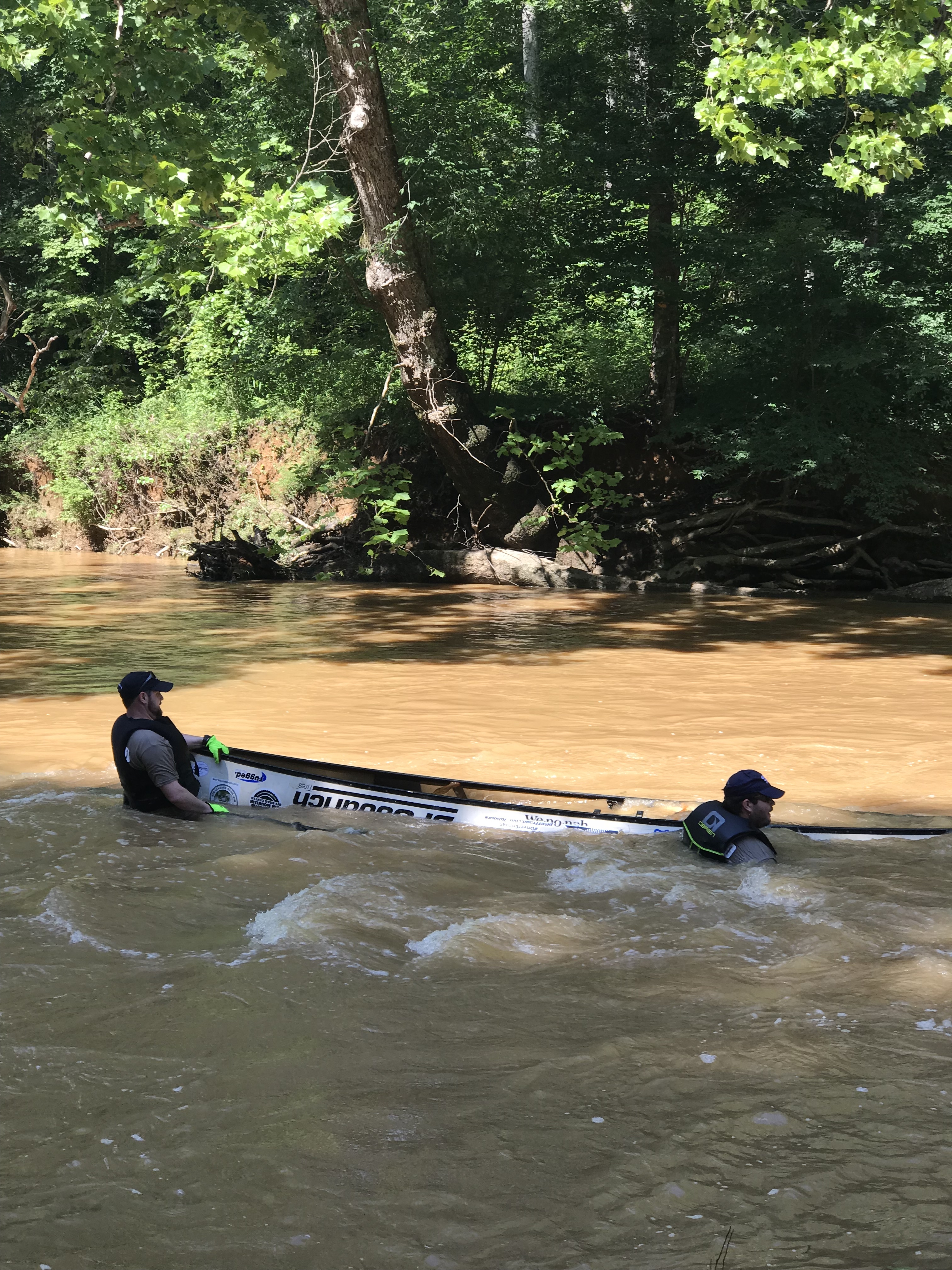
36 Hours of Uwharrie attracts scores of the very best people in the outdoor and 4WD industry. They work tirelessly behind the scenes organizing stations, working media and drones (rumors abound of a 4 part miniseries on this event this year), and the Volunteers from the local community that see the value of an authentic, “no holds barred” endurance challenge that brings out the best in people and honors one of our oldest American values: rugged individualism.
There is no other event like it.
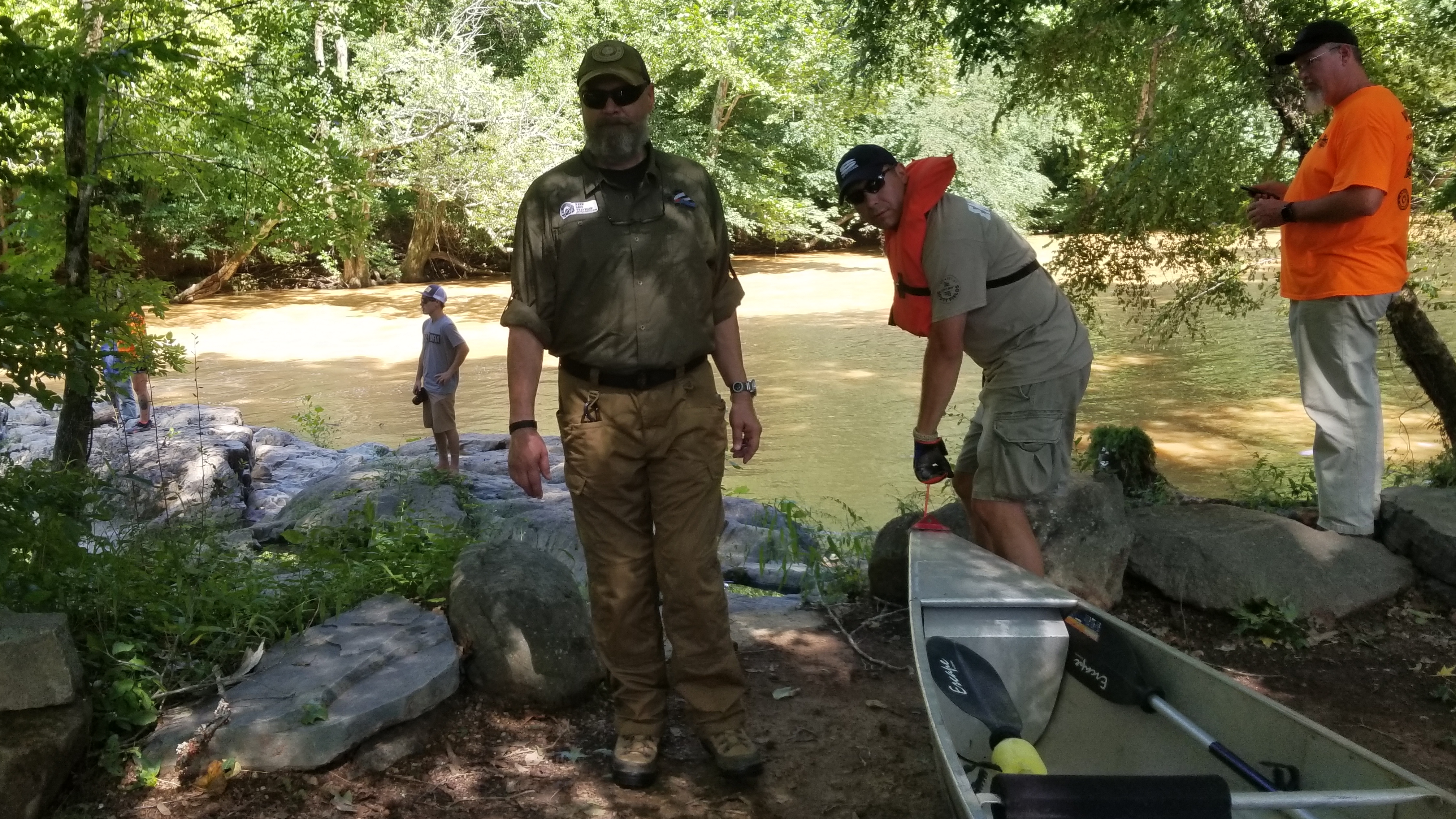









One feature of 36 Hours of Uwharrie that deserves more attention is that it offers great benefit to the surrounding Uwharrie National Forest community in the short and long term. Local businesses see hundreds of thousands of dollars because of recreation in the Uwharrie National Forest, and this event is putting them on the map on the east coast. Money means jobs. And our friends at Tread Lightly! are heavily involved here too: each year missions are purpose built around the TREAD principles where we require our teams to remove trash from the forest left behind by careless campers. All positive impacts and part of a larger picture aimed at promoting RESPONSIBLE outdoor recreation and fun across America.
Teams and Volunteers alike leave this event more knowledgeable than before and better prepared to be LEADERS on the trail and in their community. Are YOU driver enough to join us in 2019?

